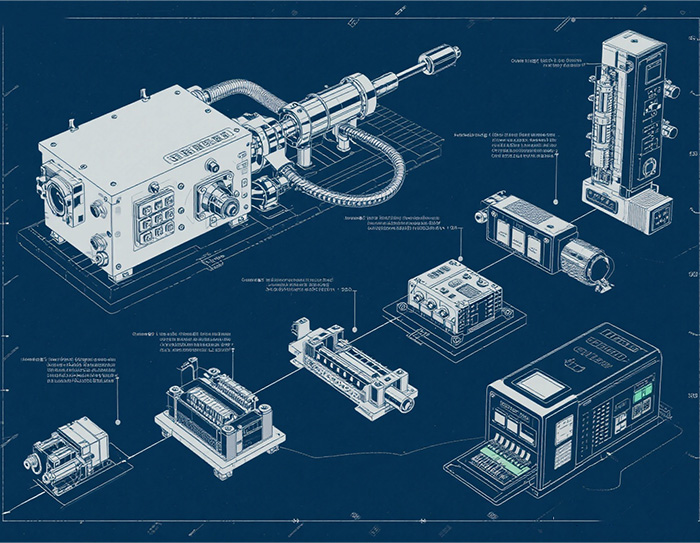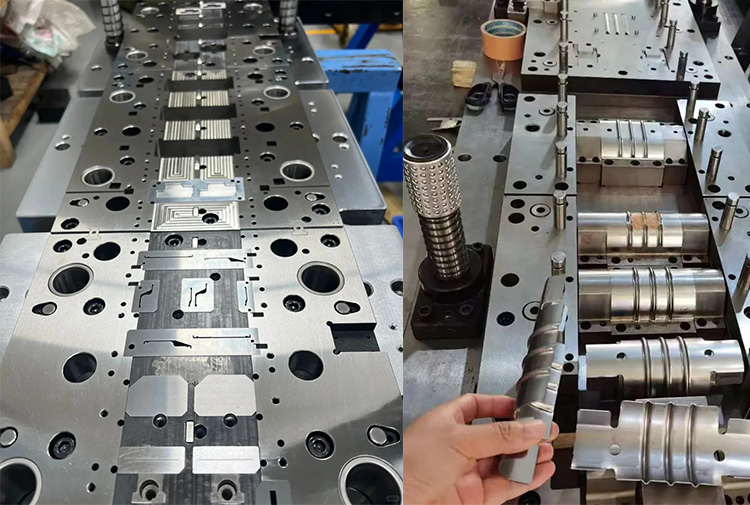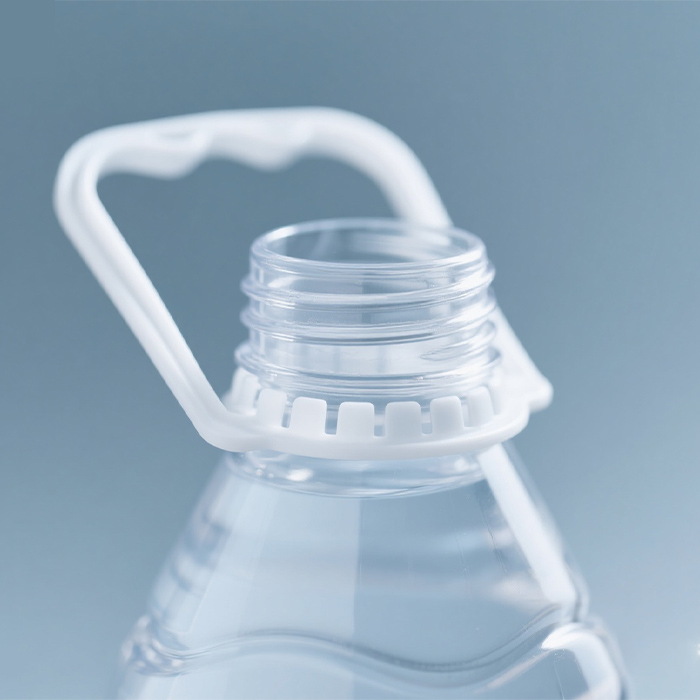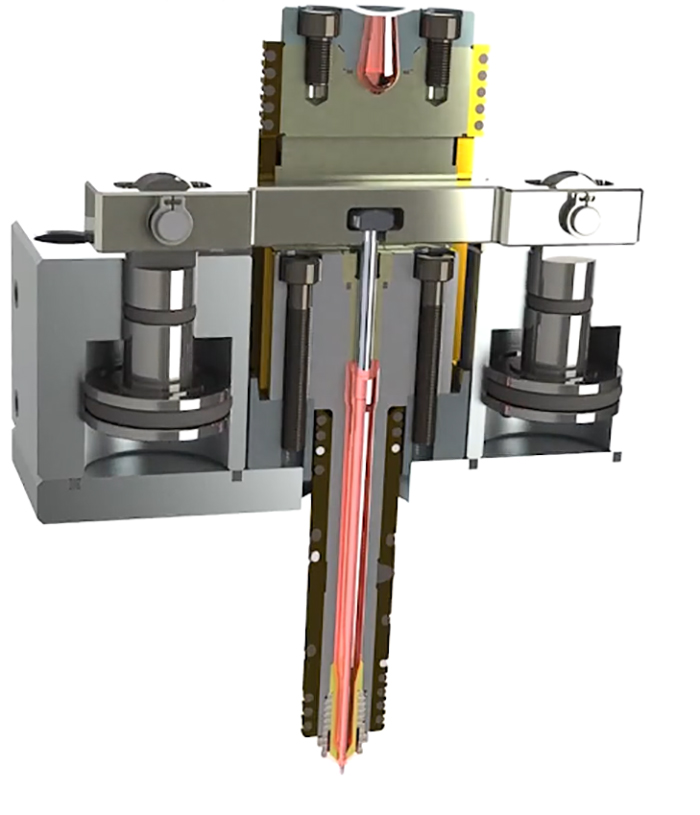How to Improve Injection Molded Product Accuracy and Consistency through Hot Runner Systems
2025-01-07
Injection molding is one of the core processes in modern manufacturing, widely used in the production of plastic products. The accuracy and consistency of injection molded products are crucial, directly impacting the final product quality and production efficiency. Hot runner systems, as an integral part of the injection molding process, optimize the flow of molten plastic and temperature control, significantly enhancing the accuracy and consistency of injection molded products. This article will provide a detailed discussion on how hot runner systems improve product quality, focusing on the basic principles of hot runner systems, their impact on accuracy and consistency, and how they can be optimized in practice.
I. Basic Principles of Hot Runner Systems
A hot runner system is a heating-type injection system that keeps molten plastic within the runner channels at the right temperature, preventing it from cooling or solidifying prematurely during the injection molding process. Unlike traditional cold runner systems, hot runner systems maintain the plastic melt at the right temperature in the runner until it is injected into the mold. The advantages of hot runner systems include reducing waste, avoiding the material wastage caused by cold runners, improving production efficiency, and ensuring uniform flow and temperature stability during molding, which helps ensure product dimensional accuracy and appearance consistency.
In this context, injection mold temperature controllers are key to ensuring optimal molding conditions. By providing precise temperature control, they allow the hot runner system to maintain a constant and uniform temperature within the mold, ensuring better consistency and accuracy of the injection molded parts.
II. Impact of Hot Runner Systems on Injection Molding Accuracy and Consistency
1. Precise Temperature Control
Temperature is one of the most critical factors affecting injection molding quality. Hot runner temperature control systems utilize high-precision technologies to monitor and adjust the temperature of each runner channel in real time, preventing defects caused by temperature fluctuations during molding. Hot runner systems typically use multi-zone temperature controllers, which allow for independent control of the temperature in each zone. This ensures that the molten plastic is consistently at its optimal flow state throughout the molding process, which avoids dimensional discrepancies and appearance defects caused by uneven cooling.
Moreover, temperature control units in hot runner systems are usually equipped with automatic adjustment functions that can adjust the heating power according to external temperature changes and production requirements, ensuring stable runner temperatures. This precise temperature control is especially important in industries with high precision requirements, such as medical devices and electronics.
2. Optimized Runner Design and Plastic Flow
The design of the runner system plays a crucial role in enhancing the accuracy and consistency of injection molding. By optimizing the layout, size, and distribution of the runners, hot runner systems can effectively control the flow of molten plastic within the mold, avoiding uneven flow and melt stagnation.
In traditional cold runner systems, uneven plastic flow often leads to inconsistent product shapes and can even affect the structural integrity of the product. Modern hot runner systems are designed to create more efficient runner networks based on the size and complexity of the injection molded parts. By precisely controlling the flow rate and speed of the molten plastic, the system ensures that each mold cavity is uniformly filled, minimizing the chances of inconsistent molding caused by excessive or insufficient flow.
3. Reducing Material Waste and Product Inconsistency
One of the key advantages of hot runner systems is their ability to minimize material waste. In traditional cold runner systems, a significant amount of unused material is wasted at the end of each production cycle, which increases production costs and can lead to quality issues due to material reuse. In contrast, hot runner systems heat the plastic within the runner, ensuring that the molten plastic is entirely injected into the mold, avoiding the generation of waste material.
Additionally, the design of hot runner systems helps prevent the solidification of residual plastic within the mold after each cycle, which could cause inconsistencies in subsequent molding processes. As a result, every batch of products produced is more likely to have consistent appearance and dimensions, improving production consistency and stability.
III. Key Technologies to Improve Injection Molding Accuracy and Consistency through Hot Runner Systems
1. Application of Multi-Zone Temperature Control
Multi-zone temperature controllers are one of the key technologies that enhance the performance of hot runner systems. By equipping each runner with independent temperature control devices, the system can precisely adjust the temperature for each runner as needed, preventing the impact of temperature inconsistencies. Multi-zone temperature control allows for fine-tuning of heating temperatures for each zone, considering the different flow characteristics and cooling rates of different materials, ensuring the best flow characteristics of molten plastic during molding.
Modern hot runner systems typically employ hot runner controllers and digital control systems that monitor the temperature of each zone in real time via sensors and adjust heating power automatically. This system not only improves temperature control accuracy but also helps prevent temperature fluctuations caused by human operational errors.
2. Intelligent Flow Control and Pressure Monitoring
Precise flow control is another critical factor for ensuring injection molding accuracy. Hot runner systems use intelligent flow control devices to automatically adjust the plastic flow rate for each runner based on the injection speed, pressure, and other parameters of the molding machine, ensuring that the molten plastic is evenly distributed and fills the mold cavities completely.
Modern hot runner systems are equipped with pressure monitoring sensors that track pressure changes within the mold in real time and automatically adjust the flow rate based on any pressure variations. Additionally, by collecting and analyzing data, hot runner systems can optimize flow control strategies according to different production processes, ensuring consistency and high precision of molded products.
3. Adaptive Adjustment and Fault Diagnosis
With the development of smart manufacturing, many advanced hot runner systems now feature adaptive adjustment capabilities. By collecting real-time monitoring data, the hot runner system can analyze and detect potential production issues, automatically adjusting production parameters. For example, when the flow characteristics of the molten plastic change, the system automatically adjusts the temperature and flow rate to ensure that the plastic flows smoothly into the mold, preventing molding inconsistencies due to changes in conditions.
Moreover, modern hot runner systems also integrate fault diagnosis and alarm functions. By continuously monitoring key operational parameters, the system will alert operators to any abnormalities, such as temperature spikes or inconsistent flow rates, and provide diagnostic information to help resolve any issues. This intelligent fault diagnosis helps production teams identify and address problems quickly, ensuring the stability and consistency of the production process.
4. Regular Maintenance and Optimization of Hot Runner Systems
To ensure long-term stable operation, regular maintenance and optimization of hot runner systems are essential. Modern hot runner systems often include self-cleaning and maintenance functions that allow for periodic cleaning during production, preventing molten plastic buildup and blockages. Additionally, through data monitoring, production lines can schedule system optimization, software, and hardware updates, ensuring that hot runner systems remain adaptable to evolving production needs.
IV. Applications of Hot Runner Systems in Different Industries
1. Precision Molding
In precision molding, hot runner systems are essential for maintaining tight tolerances. Through precise temperature control and flow regulation, hot runner systems can ensure dimensional accuracy and avoid defects caused by uneven cooling or plastic flow issues. Hot runner systems are especially important in industries that demand high precision, such as the manufacturing of medical devices and high-tech components.
2. Automotive Industry
In automotive part production, the quality and consistency of injection molded parts directly affect vehicle performance and safety. Hot runner systems optimize runner designs and temperature control to ensure that every component meets precise tolerances and is consistently produced, reducing defects and increasing production efficiency. This is particularly important in large-volume production of automotive components.
3. Consumer Electronics
Injection molded parts for consumer electronics often require high-quality appearance and dimensional precision. Hot runner systems ensure uniform plastic flow and prevent uneven cooling, which can lead to surface defects, while ensuring that each molded part maintains consistent dimensions. This makes hot runner systems widely used in the consumer electronics industry.
V. Conclusion
Hot runner systems, through precise temperature control, intelligent flow regulation, and adaptive adjustment technologies, have significantly improved the accuracy and consistency of injection molded products. With the continuous advancement of smart manufacturing and automation technologies, hot runner systems will play an increasingly important role in improving production efficiency, reducing costs, and enhancing product quality. As the injection molding industry faces increasingly stringent demands for product accuracy and consistency, hot runner technology, including injection mold temperature controllers, hot runner temperature control systems, multi-zone temperature controllers, and hot runner controllers, will remain a critical competitive advantage, driving the industry toward higher standards and greater precision.





